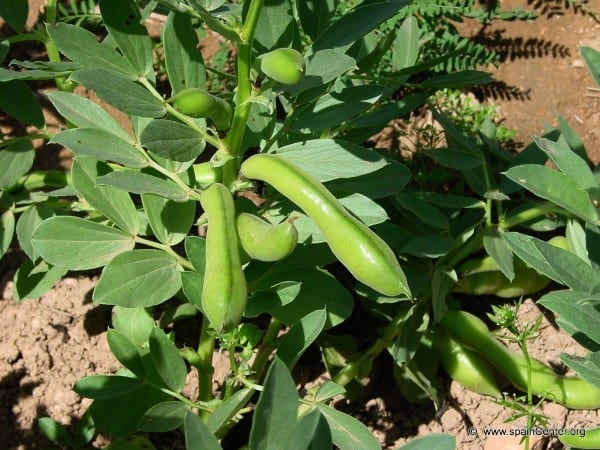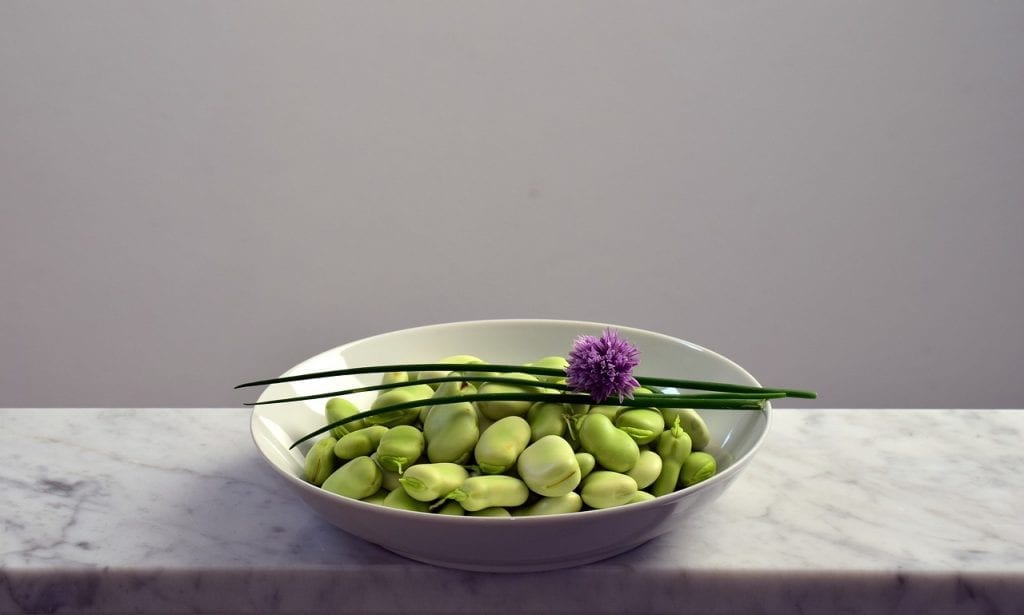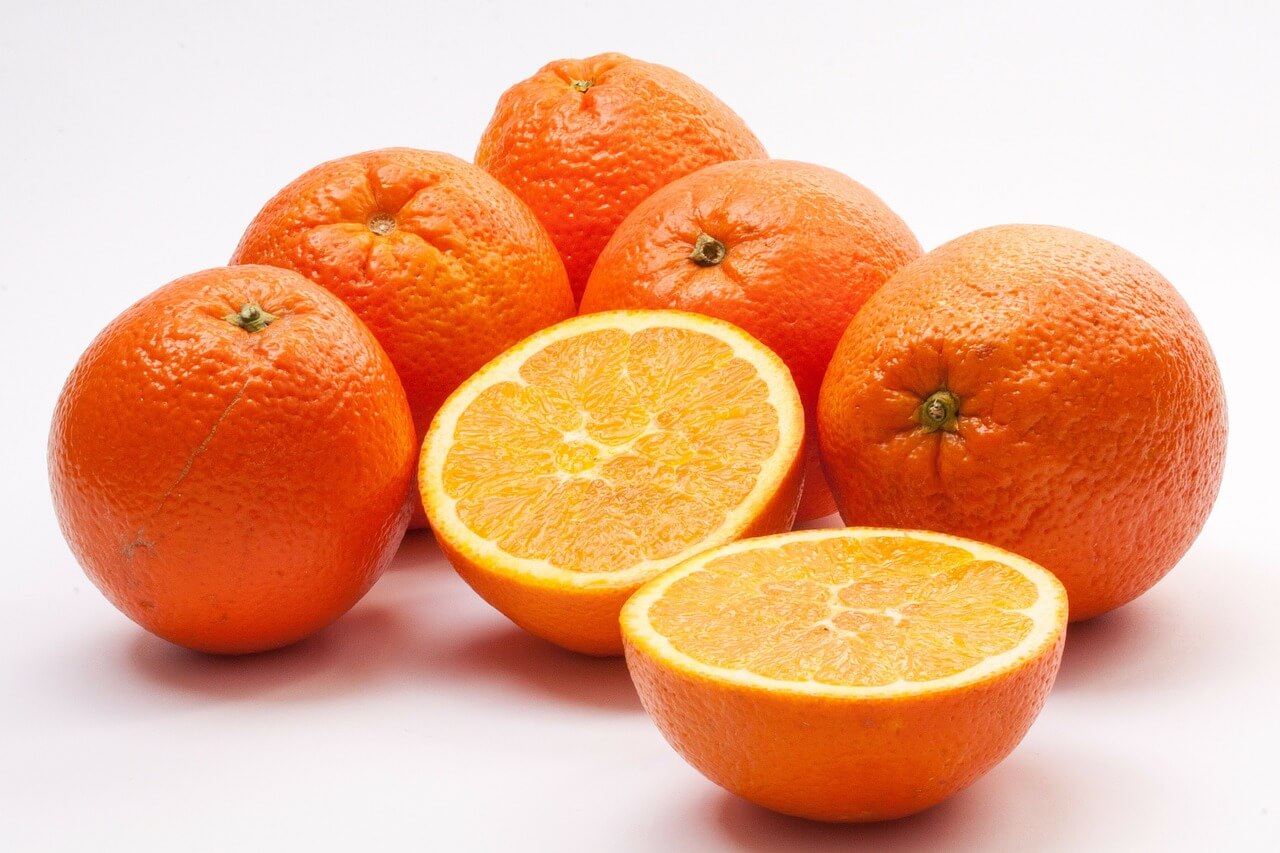We are already entering the season of tender beans, Those fresh vegetables that are extracted from the interior of elongated green segments, and in this article we are going to delve into them. They are a very healthy food like so many others vegetables that provide very interesting nutrients for your body. Although throughout the year there are also Dried beans, these are more considered as vegetables for possessing this adjective. In addition, they have nothing to do with the ones that we are going to present to you below. Discover attractive recipes to eat them!
How are the tender beans
Coming from a herbaceous plant of the Fabaceae or legume family, the seeds of the tender beans they are born inside a greenish pod. At the top, these pods hang onto the vegetable grown in the field. It adapts perfectly to the dry Mediterranean climate, which is why they are typical of Andalusia, Murcia, Alicante and also Navarre. They resist frost very well and their ideal temperature is warm. During the winter, they grow to be collected when the cold goes away. Afterwards, they should be stored in the refrigerator before proceeding to extract or open each of these segments to remove the fresh bean. Because you find them directly like that, inside the elongated pods.

It is not considered a legume but a vegetables because, according to the definition of the FAO, legume crops have other characteristics. For example, they require pre-soaking or long cooking, their shelf life is longer and they can even be kept for months without spoiling. All of this does not represent tender beans which we are talking about here, since these can consumed raw as well. Take advantage now to buy them in the trusted supermarket because this product rarely reaches the summer season. You can only find it frozen or canned naturally.
Properties of these vegetables
Compared to another of the more fashionable vegetables, the edamame JapaneseThis vegetable is much larger, it is sold in long, thick-skinned pods that are even edible. Although, yes, it is not usually used in the kitchen, where what is of interest is the bean itself inside. The size of this is already more variable and its color is equally greenish but clear. Going into the matter of its properties, tender beans have no fat and they provide few carbohydrates. What they do have are vegetable proteins, fiber and vitamins both A and C, in addition to minerals such as potassium. The calorie content is about 55 Kcal for every 100 grams of product.

If you are following a slimming diet, This plant food is very interesting for you to include in your daily menus, since it is satiating but light, very nutritious and more digestive than dry bean. But we cannot forget another of its advantages that has to do with the versatility between stoves or out of them. Attentive because we are going to explain step by step how to make the most of it!
Preparation and cooking with fresh beans
As we have already pointed out before, after buying the fresh broad bean pods You should keep them in your fridge, but it is not advisable to prolong their consumption a lot. You must prevent them from appearing dark spots on that skin that protects the inside of the food you are interested in eating. After three or four days, check the firmness of the segment and press with your fingers to open it at one end and start the first process of extraction of the beans. shell only those that you are going to need, after washing those pods so as not to contaminate the interior.
Later, if you are going to consume them in raw or cook very shortly, you should remove a thin layer of skin that each bean has. On the other hand, if you decide to spend more time cooking it, you can skip this step. To successfully overcome it, carefully peel the tender beans small size (easier) and subject to a scalding the other big ones. This will make it easy for you to remove the skin, after that boil. You will see a more intense green, buttery, fresh and very tasty vegetable when you taste it.
How can you consume it? UnpeeledOne option is to season it with spices or dress it with a vinaigrette; peeled, we recommend that you elaborate sauces or hummus. Beyond these simple alternatives, you can create exquisite dishes alongside other seasonal ingredients such as artichokes or green peas. Between recipes most common are the following:
- With chunks of ham, bacon, fried egg, onion and minced garlic with a touch of white wine.
- Salad with radishes, tuna belly in oil, lemon, black pepper and chives.
- Pork tenderloin and a mixture of lettuces with hints of spices to taste.
- Sauteed with broccoli, almonds, minced garlic, lemon, assorted spices and a splash of white wine.
Enjoy some delicious tender beans with these proposals to eat them in full season!







